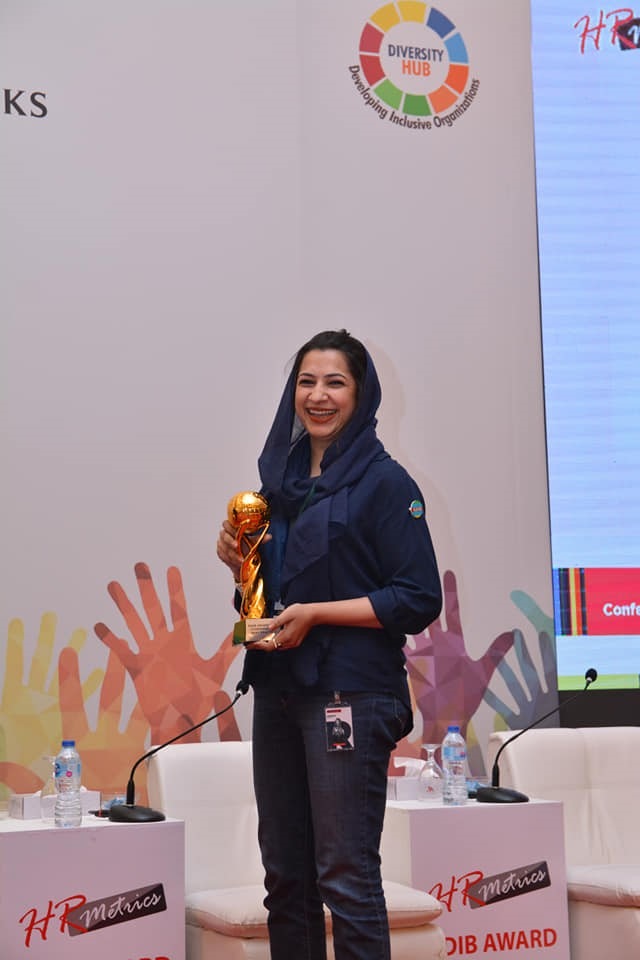DIGITAL–AGE CHALLENGE FOR HR
Ms. Anaum Janjua, Manager HR & Corporate Communications at Team Reactivate
An HR Generalist by passion and profession, with almost eight years of industry experience, Ms. Anaum Janjua started her career in sales with one of the top MNC beverage companies in the country; however, she soon realized her true calling. According to Ms. Anaum , the world often looks at profits through the wrong lens. Businesses without humans are just empty building, and those humans need to be happy for business to succeed. With this perspective, she began her career in Human Resource Management, with her focus shifted from external customers to internal customers. Ms. Anaum has worked as an HR Professional in FMCGs, Construction, Financial and Restaurant industry. Currently she is heading the HR team of one of the leading digital marketing agencies in Pakistan.

What is your perspective regarding HR and its role in realizing business goals?
I look at HR as being a parent in a house filled with kids that have different personalities and traits. While we need to make sure that the house keeps thriving, we need to continuously redirect our kids whenever we see them going off the rails. This means being strict and soft at the same time while having defined parameters on which to gauge progress. For me, the focus has been on the role of human emotions in motivating employees towards success. Happy people mean happy business: it is just that simple.
On my journey as a professional, I’ve used empathy and humility combined with foresightedness to use positive emotions to drive business through human capital management. My work in different industries has been around the numerical results obtained through monitoring of happiness index using various tools and programs, designing interventions that are relevant and effective.
How have you tackled this challenge and what has been the impact of your actions?
Be it hiring, on-boarding, retention, engagement, training, diversity and inclusion or performance management, the numbers tell a story, and I’ve used those numbers to get to the root cause instead of using quick-fix and Band-Aid techniques. My approach towards looking at human capital is by turning data into information and using that information to get insights and using those findings to drive business. For example, there’s a sudden dip in sales in a certain location. General market practice is calling a person and talking to them directly, which should have been the last thing to do since only after knowing the macro and micro factors, their performance ranking across the months, their engagement, absenteeism rates, happiness levels we would have known the exact issue to address.
All of this data gathered by investing in good HRIS software: most of the businesses are reluctant to do because of their focus on the cash and not who gets it.
Similar is the case with investment in diversity programs for human capital, communication, supply chain, marketing etc. Businesses are reluctant because the outcome is not immediate in terms of financial returns.
My success as an HR professional is linked directly with successful ROI on human capital. While my entire focus is on improving the overall mood of the organizations, I’ve been able to decrease cost per hire, improve the turnover rate and eNPS, and improve diversity ratio and have a positive impact on happiness index of the teams I’ve worked with till now.
The key to successfully support business strategy is asking “why” before jumping to “what”.

What challenges does HR face in organizations today?
One major issue that I’ve observed across the board is the attitude of HR professionals towards business and vice versa. Human resource department is essential for maximizing the potential of human capital to drive bottom-line business results, which can only happen by monitoring people analytics.
